by Phillip Bingham –
He was fired by Enzo Ferrari for his role in a failed ‘Palace Revolt’, fought back by trying to out-do Ferraris on road and track, briefly produced cars under his own name before being swindled into bankruptcy, and ended his career as he had started it, teaching mechanical engineering at the University of Pisa. Giotto Bizzarrini’s journey through life was certainly a bumpy one, but along the way there were some lofty high points.
Bizzarrini deserves to be admired for designing the quad-cam V12 engine which powered Lamborghini road cars for decades, starting with the 350 GT and continuing through to the Miura and Countach, and for masterminding one of the most highly revered sports racing cars of all time, the Ferrari 250 GTO. Despite the magnitude of these achievements, however, Bizzarrini is just as often remembered for a one-off Ferrari special which sticks in the memory because of its odd looks: the modified 1961 Ferrari 250 GT SWB coupe nicknamed by the British press as the ‘Breadvan’ and by the French as La Camionnette (Little Truck).
In an odd twist of Fate, Bizzarrini created the Breadvan to compete against his own, most recent creation, the 250 GTO. The Breadvan was the result of a commission from wealthy young Italian aristocrat Count Giovanni Volpi, who had been in-line to buy two GTOs until Enzo blocked the order after hearing the Count was investing in a sports car venture involving his former employee Bizzarrini. The Count retaliated by funding his own development of the 250 GT SWB.
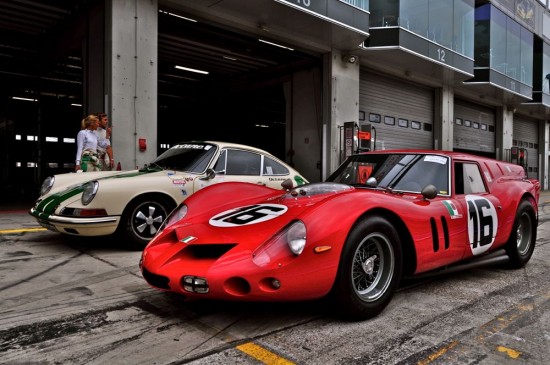
Photo from “Gabriele Spangenberg” the Ferrari 250 Breadvan on a race track!
It seems perverse that Ferrari elbowed-out Bizzarrini, creator of one of the firm’s greatest masterpieces, but there were good reasons. One was that Palace Revolt, in November 1961, triggered when Ferrari dismissed commercial director Girolami Gardini for daring to suggest that Enzo’s wife, Laura, should stop interfering in the factory’s day-to-day operations. Four of Ferrari’s senior staff, including chief engineer Carlo Chiti and development engineer Bizzarrini, staged a walk-out in order to get Gardini re-instated – and Ferrari responded by firing them all.
Another reason is that there was simply no knowing, at the time of the 250 GTO’s birth, that the car would be so successful or ultimately so coveted. It was clear from the outset that the GTO was an amorally bold interpretation of GT racing rules – purportedly a ‘homologation’ version of the 250 GT SWB but significantly longer, lower, wider and lighter – but when Bizzarrini was sacked the car’s capabilities had yet to be proven.
Going it alone
Bizzarrini and Count Volpi did briefly get to stick two fingers up at Il Commendatore, with the Breadvan leading the GTOs at Le Mans in 1962 until halted by propshaft failure which Volpi suggested might be due to sabotage. The sports car venture part-funded by Volpi and involving both Bizzarrini and Chiti – ATS (Automobili Turismo e Sport) – also challenged Ferrari all-too-briefly before failing. By now Bizzarrini had fallen-out with Chiti over the choice of engine for the ATS 2500 GT road car and, not being naturally inclined to accept decisions he disagreed with, decided to go it alone.
This was when Bizzarrini designed the V12 for the first car produced by tractor manufacturer Ferruccio Lamborghini, before becoming chief engineer for another wealthy Italian industrialist, former refrigerator manufacturer Renzo Rivolta, who had also moved into the risky business of making cars. The British-made Gordon Keeble GT served as template for the four-seat Iso Rivolta GT, first shown in January 1962, which Bizzarrini was tasked with developing.
What Bizzarrini really wanted, though, was to get back to racing, and through tireless pestering he eventually obtained Rivolta’s reluctant permission to develop a two-seater. This was the Iso A3/L Grifo, powered by a front-mounted Chevrolet V8, which spawned the Grifo A3/C competition car. At Le Mans in ’64 the prototype A3/C showed potential, but not enough for Rivolta to keep on pouring money into the project, so in 1965 Bizzarrini went solo again. Keeping faith in the A3/C, he built a road version for the American market which was initially called the Grifo 5300 but soon renamed the Bizzarrini GT Strada 5300.
An Iso/Bizzarrini A3/C race car did win its class at Le Mans in 1965 – No. 0222 is shown below.
Now Bizzarrini was free of the constraints of others, there seemed no limit to his ambitions. In January 1966 Bizzarrini unveiled a Le Mans challenger to the Ford GT40, the P538, and just ten months later at the Turin Motor Show he revealed the pretty little GT Europa 1900 road car and the Chevrolet V8-powered GT America 7000 sports car. But none of these projects would go ahead. Bizzarrini walked away from the GT Europa project when it became apparent that very little of the government money pledged for production would actually make it to the factory, and the P538 was wrong-footed by an imminent regulation-change at Le Mans limiting the engine capacity of sports prototypes to 3.0 litres.
After throwing all the money he had and more at the P538, Bizzarrini suppressed his go-it-alone instinct and welcomed on board investors. The men in suits promised new sources of funding, and sure enough they proved able to obtain loans on the back of the firm’s supposed market value – but while Bizzarrini was fully occupied with cars, his ‘investors’ entertained themselves by spending the business’s money on other things. By the time the scam became apparent, it was too late. In 1968 Bizzarrini was bust.
Bizzarrini’s bumpy ride makes for a fascinating story, and is well told in two books published by Porter Press: Ferrari 250 GTO: The autobiography of 4153 GT (Great Cars) in the highly-acclaimed Great Cars series, and Iso Bizzarrini: The Remarkable Story of A3/C 0222 (Exceptional Cars)
in their Exceptional Cars series. If you like automotive histories spiced with ambitious characters and personal rivalries, you’ll find both these books spellbinding.
Let us know what you think in the Comments.
This article was first published by Porter Press International and reposted here with permission.
Summary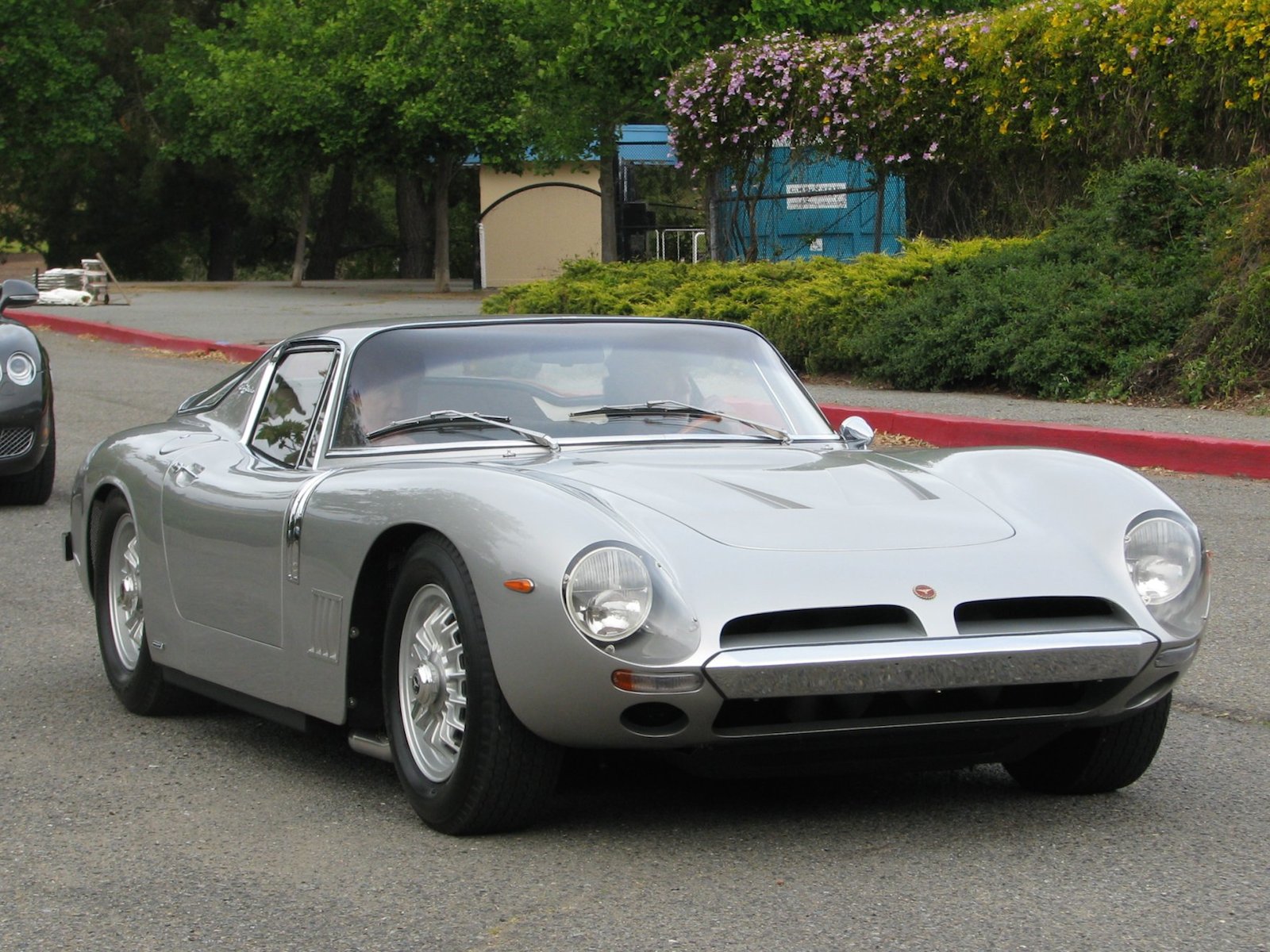 Article NameGiotto Bizzarrini: The Great EngineerDescriptionBizzarrini deserves to be admired for designing the V12 engine that powered Lamborghini road cars for decades, starting with the 350 GT and continuing through to the Miura, Countach, Islero and Espada and for masterminding one of the most highly revered sports racing cars of all time, the Ferrari 250 GTO.Author
Phillip Bingham
Article NameGiotto Bizzarrini: The Great EngineerDescriptionBizzarrini deserves to be admired for designing the V12 engine that powered Lamborghini road cars for decades, starting with the 350 GT and continuing through to the Miura, Countach, Islero and Espada and for masterminding one of the most highly revered sports racing cars of all time, the Ferrari 250 GTO.Author
Phillip Bingham

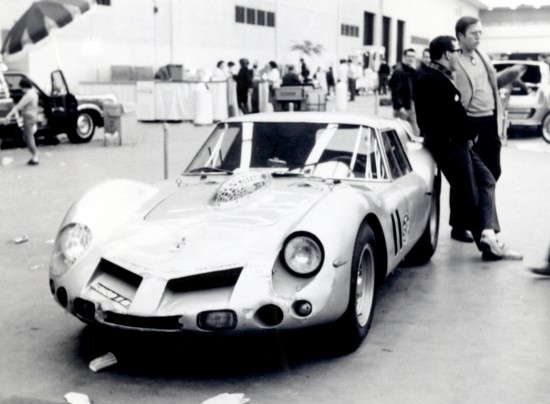
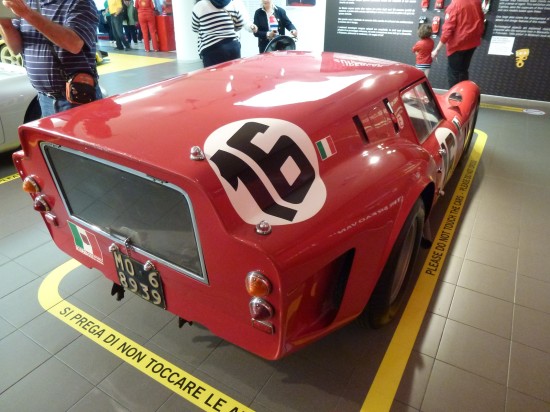





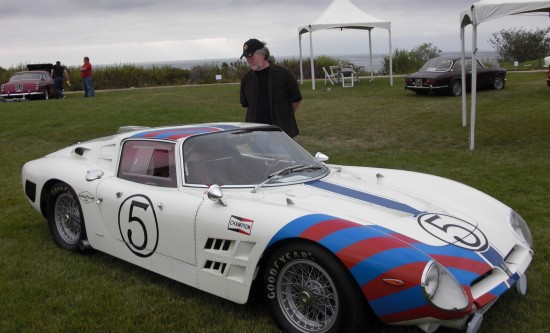
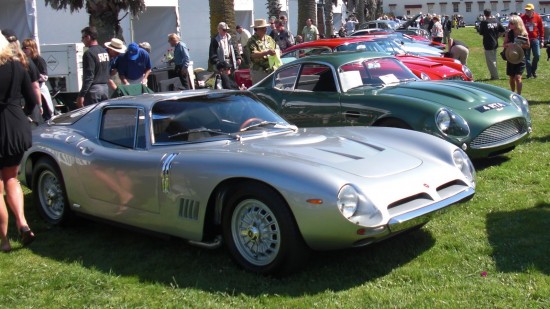
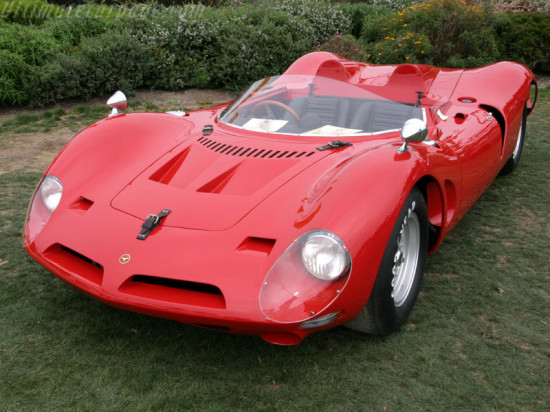



Thank you for the great coverage of Bizzarrini — such a fascinating fellow. I was able to chat with the man who brought Bizzarrini’s little Fiat (which he drove to his interview with Ferrari) to Pebble Beach and he said he chatted with Giotto every so often. And you reminded me of seeing Bruce drive the A3/C onto the lawn and pop out with that big smile. Everything associated with Ing. Bizzarrini’s life with cars is worth learning and sharing. Mille grazie…
I had the great pleasure to meet Giotto Bizzarrini in Italy in 2013.
I like the way he (supposedly) designed the 250GTO without a “car designer” , just slapping bondo on a Ferrari and running it on the autostrada night after night, clocking the speeds until he found one shape that would do over 170 mph. But on the other hand, the choice of Giugiaro to do the Iso Grifo race car was a stroke of genius. The only flaw styling wise to me is the flat sides down by where there would be rocker panels. Maybe that was because of fuel tank location? What I find interesting, value wise, is that Bizzarrinis kept going up to value to their present (close to $400,000) with very little coverage in magazines because they weren’t buying ads. That price rise is due to the sensuous design and the great performance. Mangustas have enjoyed a similar price rise but driving wise, and performance wise, they didn’t earn that increase, only the looks got it to its present ipinnacle.
Wallace,
Yes, the Bizzarrini GT 5300 has gas tanks in the rocker panels next to both the driver and passenger and the slab side also helps with aerodynamics. This car was designed for the sole purpose of winning Le Mans and not to look pretty (although I think it has done both).
A Bizzarrini GT 5300 has not been valued at $400,000 for many, many years. In the rare event one comes on the market they are listed and sell for over $1 million USD. There is one for sale now on the US East Coast for an asking price of $1.55 million USD.